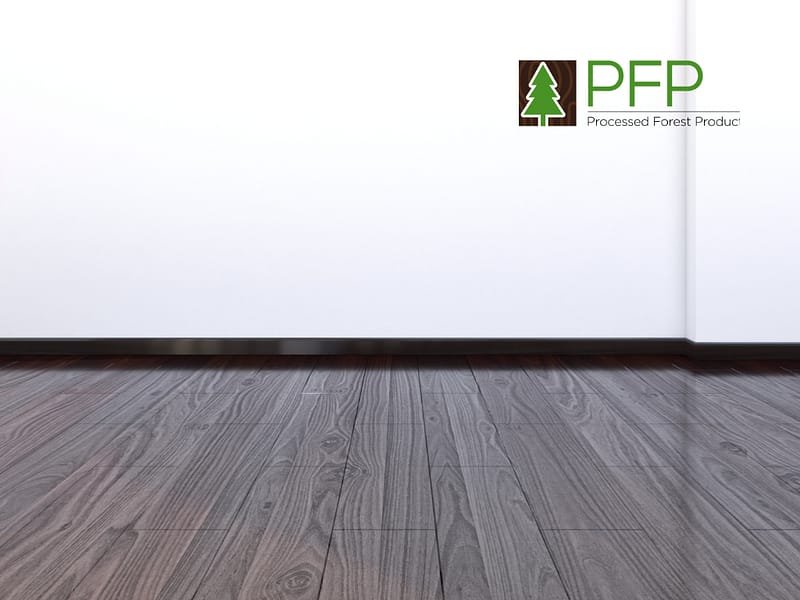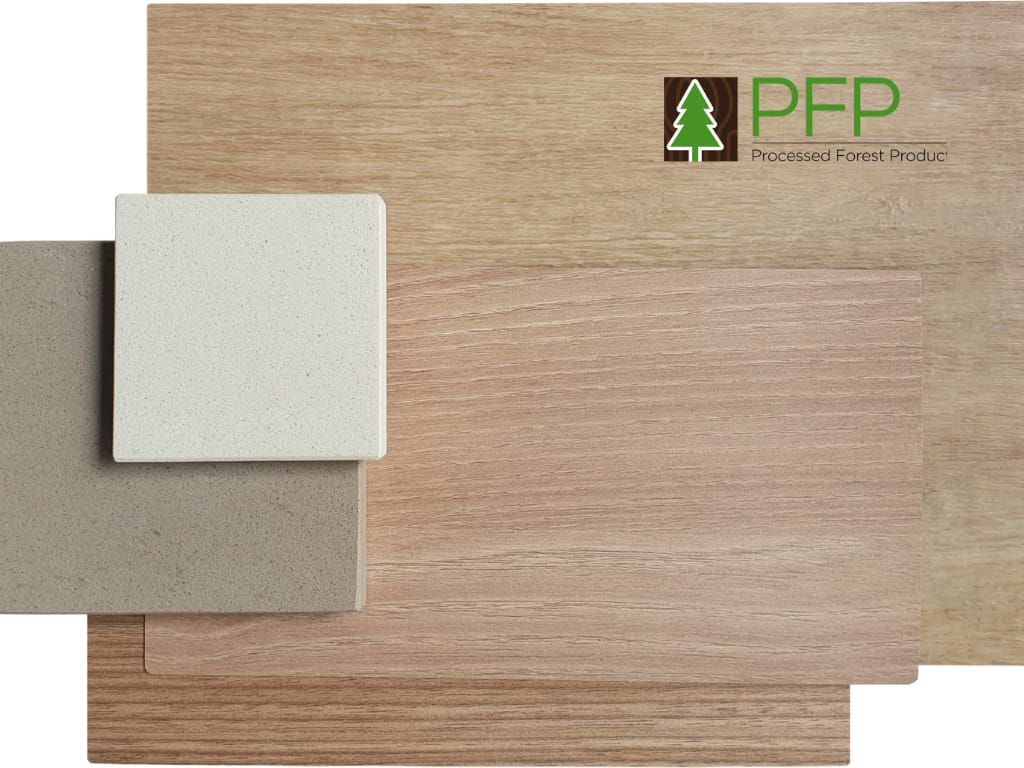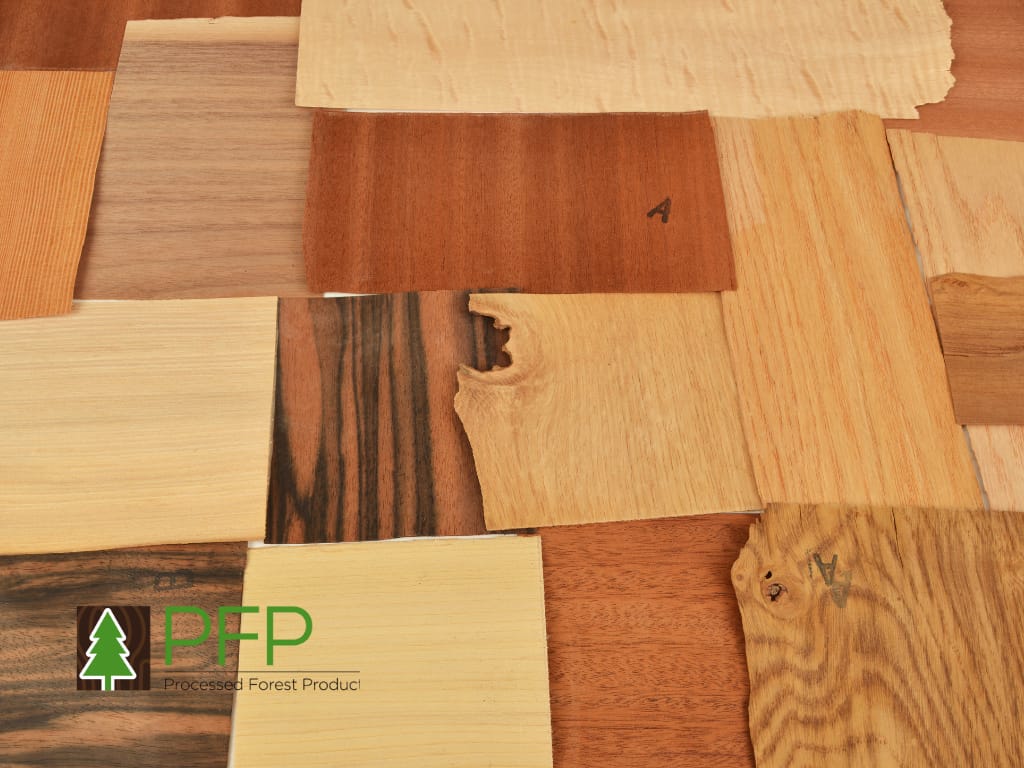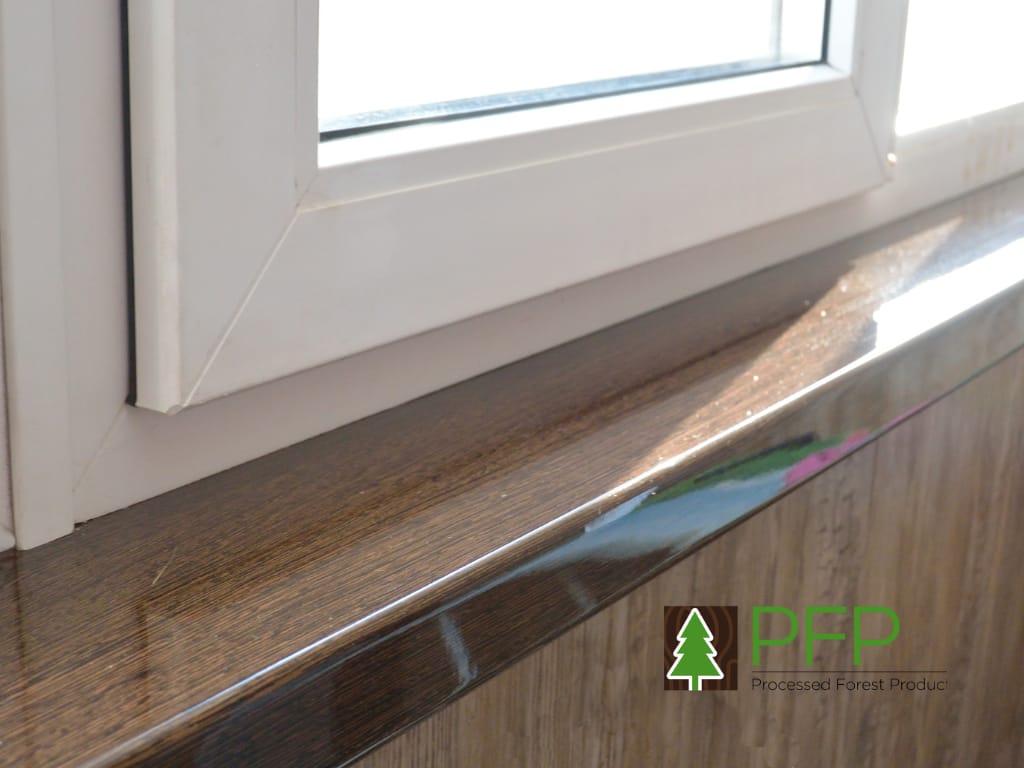In the world of interior design, exotic wood veneers like wenge veneer and burl veneer are increasingly popular for their rich textures and distinctive patterns. Their unique characteristics elevate any space, adding warmth and sophistication. Beyond their aesthetic appeal, ensuring the use of FSC certified veneer is vital to promote sustainable forestry practices. When wenge and burl veneers are paired with complementary materials like metals, glass, and leather, the result can be both striking and harmonious. This article explores how these combinations can be used effectively to enhance the look of any interior.
Understanding Wenge Veneer and Its Characteristics
Wenge veneer originates from the Millettia laurentii tree found in Central and West Africa. Known for its deep chocolate-brown hue and black streaks, wenge veneer adds a modern and dramatic touch to interiors. The grain patterns are typically straight, but some pieces may show a more irregular, wavy appearance. Its inherent hardness and durability make it perfect for high-traffic areas like cabinetry, flooring, and paneling. Using FSC certified wenge veneer ensures the timber is sourced responsibly, preserving the ecosystem and supporting ethical forestry practices.
Exploring the Unique Appeal of Burl Veneer
Burl veneer is prized for its intricate swirling grain patterns, which result from growth abnormalities in trees, forming unique ‘burls.’ This veneer can come from various tree species, including walnut, maple, and redwood. Each burl veneer piece is distinct, offering unparalleled natural artistry, making it a top choice for high-end furniture, musical instruments, and luxury car interiors. Like other exotic woods, sourcing FSC certified burl veneer ensures sustainable harvesting and contributes to long-term forest health. This certification is crucial for protecting the delicate balance of ecosystems where burls are found.
Combining wenge veneer and burl veneer with other materials can yield elegant designs that are visually compelling and ecologically conscious. The following sections will delve into creative ways to pair these materials while ensuring sustainability remains at the forefront.
Pairing Wenge Veneer with Metals
Wenge veneer’s dark, chocolate-like hue contrasts beautifully with various metals. Brass, copper, and stainless steel are particularly popular choices for pairing due to their reflective properties and distinctive finishes. Brass, with its warm golden tone, offers a sophisticated contrast to wenge veneer, ideal for accenting cabinets, tables, and lighting fixtures. Copper, with its reddish undertones, provides a warmer alternative that enhances the veneer’s organic appeal. Stainless steel lends a modern, industrial aesthetic, making it suitable for sleek, contemporary spaces.
To achieve aesthetic harmony, consider balancing the visual weight between the veneer and the metal accents. For instance, wenge cabinetry could have sleek stainless-steel handles, or a wenge-topped coffee table could feature a brass frame. Metal inlays can be introduced into wenge veneer panels, providing a luxurious finish that adds depth and character.
Integrating Burl Veneer with Glass Elements
The swirling patterns of burl veneer look stunning when paired with glass. This combination provides a harmonious blend of texture and transparency. Burl veneer can be used for furniture bases or frames, with glass surfaces that reveal the veneer’s intricate patterns. This method works exceptionally well for coffee tables, display cabinets, and shelving.
For a more intricate design, glass can be used as an overlay on burl veneer, creating a glossy finish that enhances the wood’s natural beauty. Alternatively, burl veneer panels can be set in glass partitions or doors, allowing light to pass through while highlighting the veneer’s unique grain.
Using Leather with Wenge and Burl Veneers
The luxurious feel of leather makes it a natural complement to both wenge and burl veneers. Its soft textures contrast well with the harder surfaces of these woods, providing a sophisticated touch to furniture and interiors. Leather upholstery on wenge-framed chairs or headboards offers a comfortable yet refined finish. For burl veneer, leather accents in desk chairs, benches, or bed frames can enhance the veneer’s rich grain patterns.
Combining veneers and leather requires careful attention to colour matching and design cohesion. Neutral leather tones like black, grey, or tan blend seamlessly with the dark hues of wenge and the distinct patterns of burl. Ensure the leather is ethically sourced to align with the sustainable sourcing practices of FSC certified veneers.
Sustainable Practices in Material Combination
Sustainability should remain a primary consideration when mixing materials. Opting for FSC certified wenge and burl veneers guarantees that the wood is sourced responsibly, helping maintain forest ecosystems. Similarly, the metals, glass, and leather should also be sourced from ethical suppliers. Recycled metals and glass, in particular, can significantly reduce the environmental impact of a project.
Combining these materials thoughtfully not only creates stunning designs but also promotes responsible consumption. Consider the entire lifecycle of each material and aim for combinations that minimise waste while maximising visual impact.
Design Considerations and Practical Tips
- Balance and Proportion: When combining different materials with veneers, maintain a visual balance by ensuring no single material overpowers the others.
- Contrast and Cohesion: Aim for contrast between textures while keeping a cohesive overall colour scheme.
- Maintenance: Each material requires different care, so consider the maintenance needs when choosing finishes.
Combining wenge veneer, burl veneer, and FSC certified veneer with metals, glass, and leather offers a world of design possibilities. This trend, grounded in sustainable sourcing, is paving the way for a future where luxury and environmental responsibility go hand in hand. Thoughtful combinations enhance each material’s natural beauty, creating interiors that are striking, harmonious, and truly unique.









